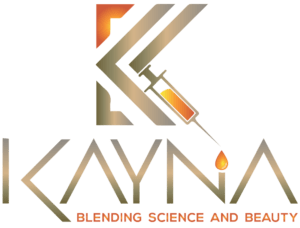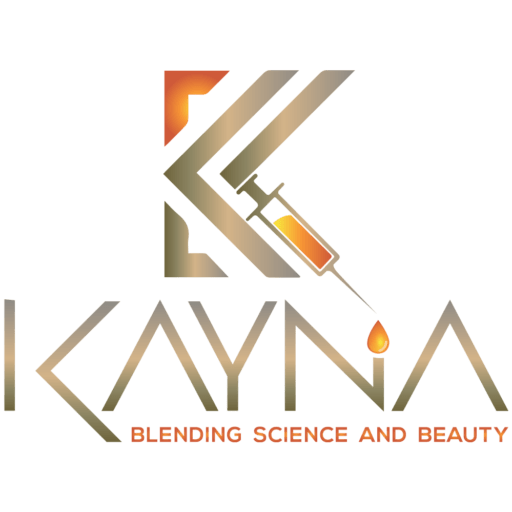FINE LINES
Overview
Fine lines may be a common and early sign of the aging process, but they are rarely a welcome one. Whether facial wrinkles happen in isolated areas like around the eyes or mouth, or across the entire face, most men and women don’t want them to stick around.
Why do fine lines occur?
Changes in the dermal structure, specifically collagen depletion, is the primary reason why fine lines form. Collagen is a protein found in the dermal layers to provide necessary support and give skin its firm, supple appearance. Over time, our bodies produce lower levels of collagen, which has a direct impact on our skin. You might notice the surface of your skin develops some laxity, as well as facial lines. Without that support in the structure of the skin, you will likely see those symptoms get worse over the years. However, there are ways to reverse the aging process, and while you won’t stop it completely, you can turn it back so that you can regain your youthful appearance for much longer.
Resurfacing for Fine Lines
The most effective way to minimize fine lines is with a resurfacing procedure. Resurfacing treatments work by stimulating the wound-healing mechanisms of the body to rebuild collagen and repopulate the skin’s surface. These processes lead to a beautifully smooth complexion and the elimination of those dreaded fine lines.
Skin resurfacing may be accomplished one of three ways:
- Dermabrasion, which is a mechanical disruption of the skin’s surface.
- Deep chemical peels, which are different from the peels you get in a salon or spa. Medical peels go down to the second layer of skin called the dermis. These peels require some recovery afterward, but the results can be both dramatic and long-lasting as the wound-healing mechanisms are triggered.
- Laser resurfacing, which can be broken down into two categories. Full laser resurfacing involves the removal of the entire skin’s surface down to the deeper dermis. Fractional laser resurfacing created micro-channels deep into the dermal layers to stimulate healing and collagen production without removing the entire surface of the skin.
Injectable Treatments for Fine Lines
Injectable fillers and are another way to remove fine lines if they are administered correctly. In the case of dermal fillers, Injections need to be made at the appropriate depth. Neuromodulators address the facial muscle that leads to the crease, rather than the line itself. Precise placement is essential to ensure positive results without compromising your ability to make natural facial expression.
Neuromodulators
Facial neuromodulators like Botox Cosmetic and Dysport are typically used in the upper third of the face to relax the fine lines that commonly form there. The most common place where we see those wrinkles develop is in the outer corners of the eyes, where they are referred to as crow’s feet. Neuromodulators are specifically designed to relax the muscles that cause them, loosening the expressions of hyper-functional muscle activity. The results of Botox and other neuromodulators last as long as three or four months as a general rule, although some of our patients have enjoyed their benefits for as long as six months before a touch-up procedure is needed.
Dermal Fillers
Dermal fillers are an excellent choice for fine lines that appear in the lower two-thirds of the face, including smile lines and the wrinkles that begin to develop above the mouth, known as lipstick lines. symptoms.

